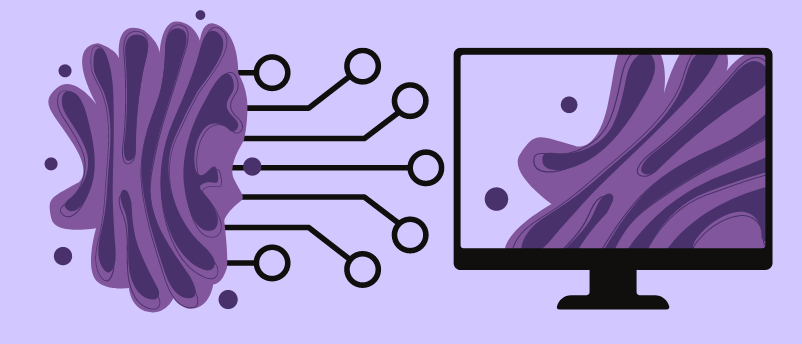A map for navigating cardiac fibrosis

A recent study has demonstrated what a first-of-its-kind integrated map of heart cells can reveal about cardiac fibrosis.
Researchers at the Victor Chang Cardiac Research Institute (Darlinghurst, Australia) have mapped the progressive cell states involved in cardiac fibrosis, analyzing single-cell gene expression to understand fibrosis progression. By understanding more about cardiac fibrosis, researchers hope to develop targeted drugs that can prevent this permanent scar damage, which affects the heart’s ability to function.
Fibrosis, meaning the thickening of scar tissue, often occurs in the heart following a heart attack or alongside forms of heart disease. Although the process of scarring is an important healing measure in the body, excessive scarring in the heart leads to heart failure. Researchers express the urgent need for novel treatments that can arrest or reverse cardiac fibrosis.
To find novel treatments, we must first understand cardiac fibrosis progression. To do this, the team analyzed RNA signatures from 100,000 single cells from both humans and mice, focusing primarily on cells involved in fibrosis. These cellular signatures were then integrated to form a heart map that indicated the cells and pathways involved in fibrosis, identifying resting cells, activated cells, an inflammatory population, a progenitor pool, dividing cells and specialized cells called myofibroblasts and matrifibrocytes.

Clogging up collagens to counter fibrosis
Researchers have used AI to design a breakthrough therapeutic candidate for the treatment of fibrosis and scarring that targets the previously ‘undruggable’ endoplasmic reticulum.
Their map revealed that myofibroblasts, which are absent in healthy heart tissue and thought to drive scarring, begin forming 3 days post-heart attack and peak at 5 days post-heart attack in a mouse model. These cells then become matrifibrocytes, which are thought to prevent scar tissue from resolving.
The team also investigated other heart disease models, such as heart failure driven by hypertension. “We found a surprising similarity in fibrosis progression in very different types of heart diseases. Myofibroblasts were abundant early on during hypertension and then resolved into matrifibrocytes, just as they are after a heart attack,” reported co-senior author Vaibhao Janbandhu. “This opens the doors to future therapies that will be able to target specific cell types or processes in different heart diseases. This will hopefully prevent healthy cells from being permanently damaged.”
In addition to their map, the researchers also developed the CardiacFibroAtlas, an online tool that people can use to visualize and explore gene behavior during heart attacks. The team commented that because heart failure in humans can evolve slowly over decades, identifying the exact cell types and pathways involved in human heart failure requires further study. However, their map is a step in the right direction.